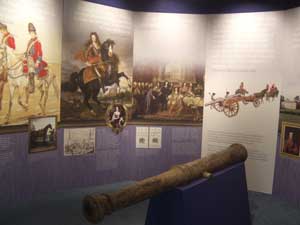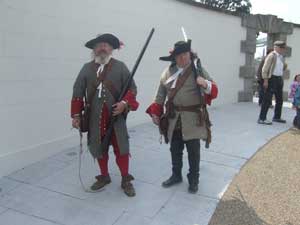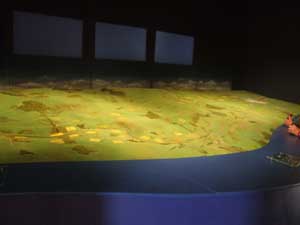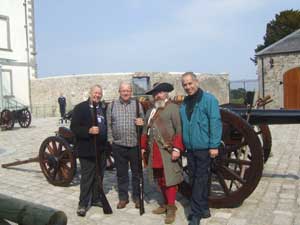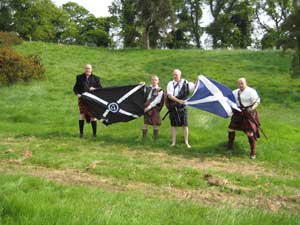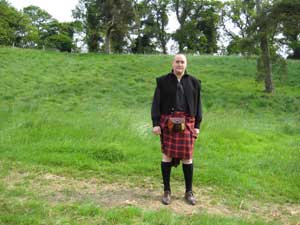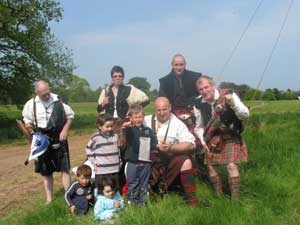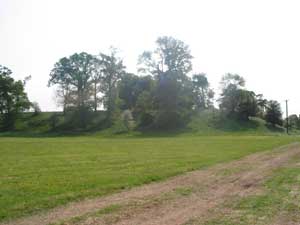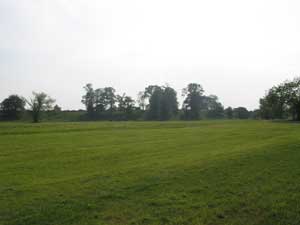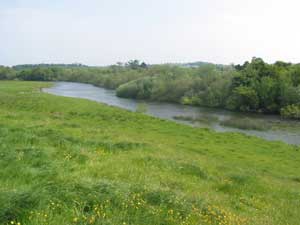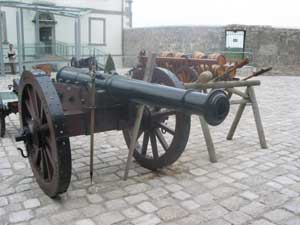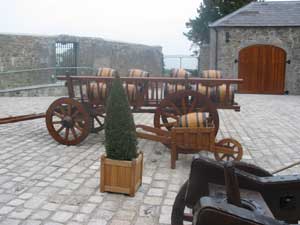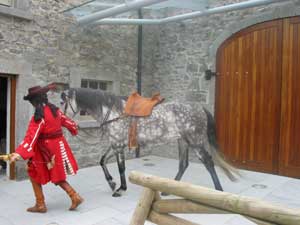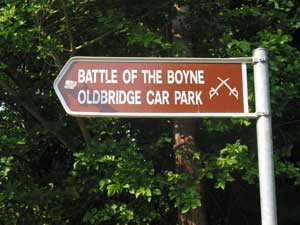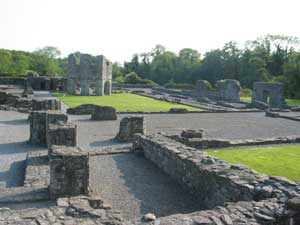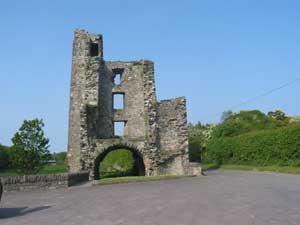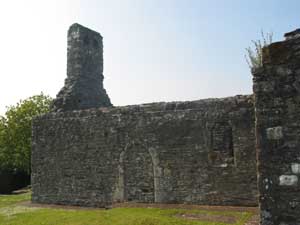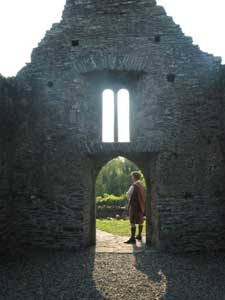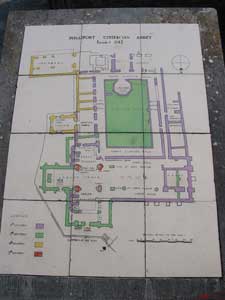The Battle of the Boyne has been one of those places that I have always wanted to visit, not only because of the battle itself, but also because of the intrigue and curiosity of the events that have surrounded the place, which still continue to the present day.
When a trip to Ireland was suggested, the Boyne really had to be included. The place to stay if anyone does follow our footstep is Drogheda, this is an ideal location not just for the Boyne, but other places of interest in the area.
After a brief check in at the guest house we headed for the battlefield taking brief directions from the owner. With Niven leading the way the directions given by the owner of the B +B went right out the window, even after asking numerous locals I am sure we passed the same landmarks half a dozen times. In all fairness the area is not very well sign posted and sites can be difficult to find as we found out, so having a local map is advised.
On reaching the battle site I can only describe it as being like a place from the Deep South at the time of the civil war in America. There was a long fence lined drive way to the visitor centre’s car park with numerous heavy cannons clustered together in various places over the field, beside which stood a mansion house which I reckon dated to the mid 1800’s. I was told that the property had only recently been refurbished from being near derelict to accommodate the visitor centre, which was now, at this time, less than two years old.
As we got our gear together we were met by a representative from the visitor centre, presumably she had seen us on one of the security cameras as we left our cars and was curious to know what we were up to, we assured her we were not there to create a second battle!!!
We made our way to the visitor centre passing bemused onlookers and since we had travelled such a long way we paid the 3.70 euros to get in.
On entering the centre one of the first things to see is a large map of Europe showing where the various participants in the battle had came and went to, it was the fact that neither Scotland or Wales were mentioned as part of the UK which made us look at it twice. It portrayed the whole of mainland United Kingdom as England and not the three countries that it is, that grabbed our attention particularly as there was Scottish Jacobite involvement including King James VII himself.
Proceeding through the self guided tour, although the models and illustrations were fabulous it was interesting to note that King James was only referred to only as King James II of England and not VII Scotland and there was no mention of any involvement of Scottish Jacobites either.
The Battle of the Boyne has always been considered by many to be a religious battle and can create a hot debate, but I find that most accounts of the battle including the information boards in the visitor centre fail to mention that there were as many Catholics in the Protestant lines as there were Protestants, fighting against King James, why should such factual information be over looked I don’t know, particularly more so when recent history has created this to be a religious battle between Catholics and Protestant when it is not solely the case.
After having a look through the visitor centre we had a walk over part of the battlefield meeting some local women with their kids, who were intrigued with our dress so we posed for a few pics with them before we carried on to other parts of the field including crossing the River Boyne where the Williamite Army crossed in their advance.
Local knowledge told us that today the Orange Order visit the Boyne in July and drink from the river as part of their commemoration.
Although the visitors centre to the battle is still in the developing stages the battlefield is very much recognisable and is well worth a visit.
After leaving the battle site some of us went up to Mellifont Abbey the place where William gave his pre battle council, the Abbey was founded in 1142 on the orders of Saint Malachy, Archbishop of Armagh but now unfortunately lies in ruin, but has a lot of history attached and is also worth a visit.
Unfortunately time ran away from us before we could see other interesting tourist attractions in the area, but perhaps one day we will return as part of another tour and see things we missed out on this time.
By Jim Singer |


